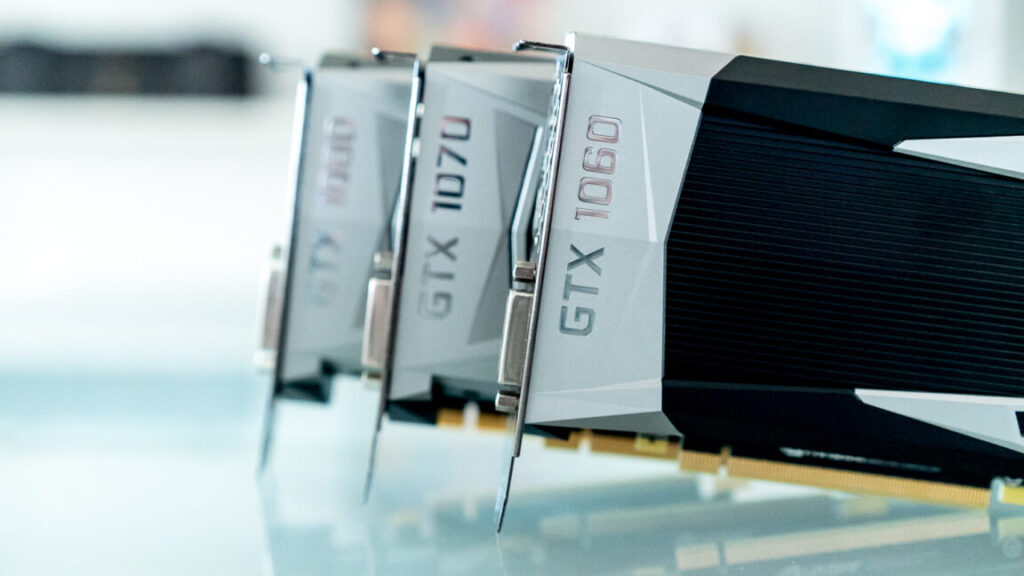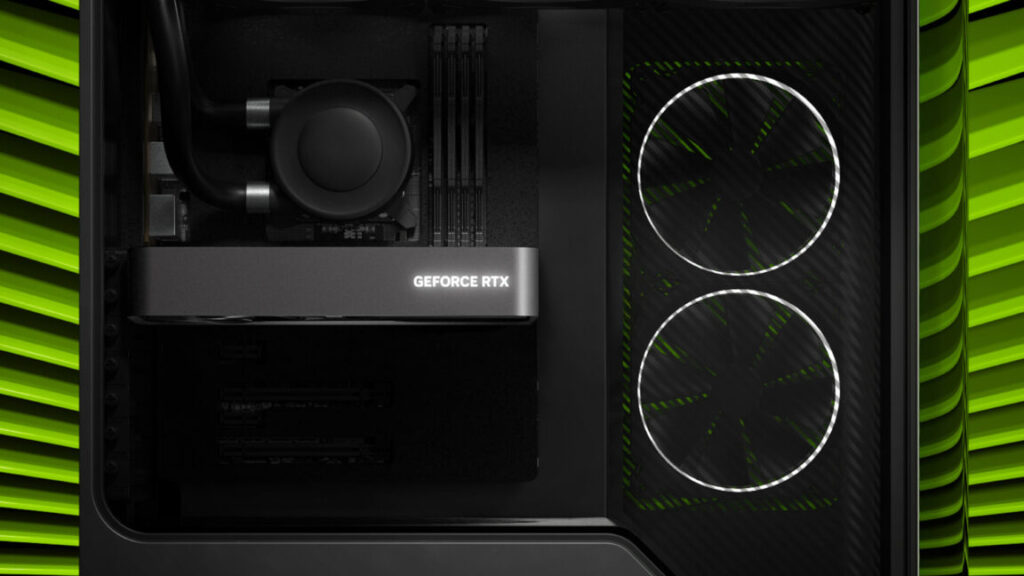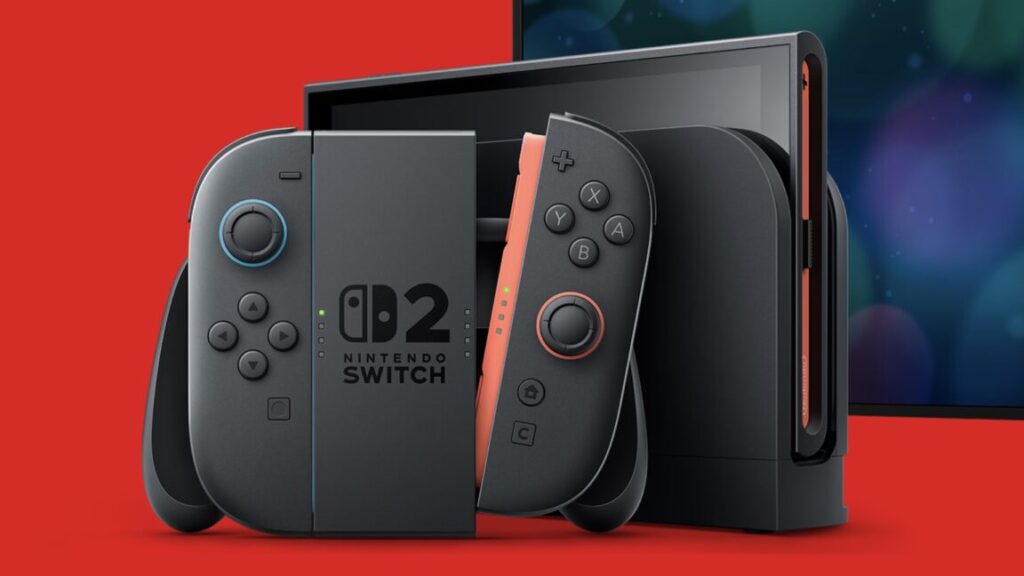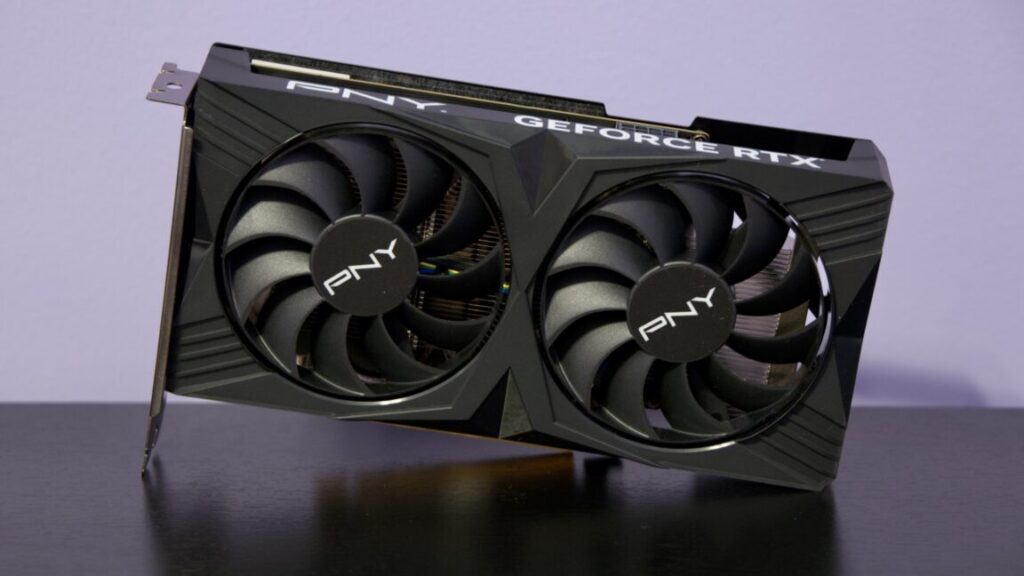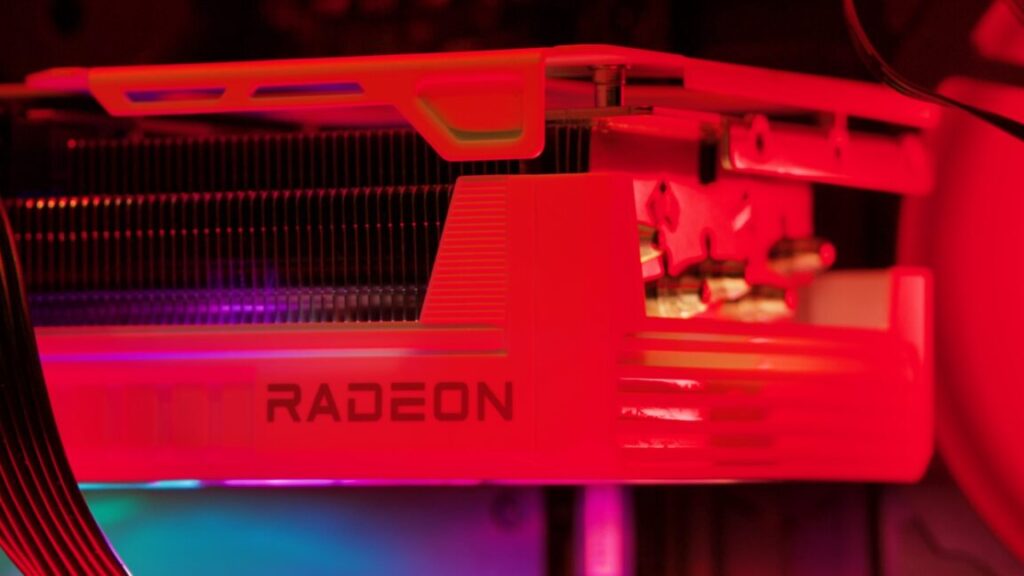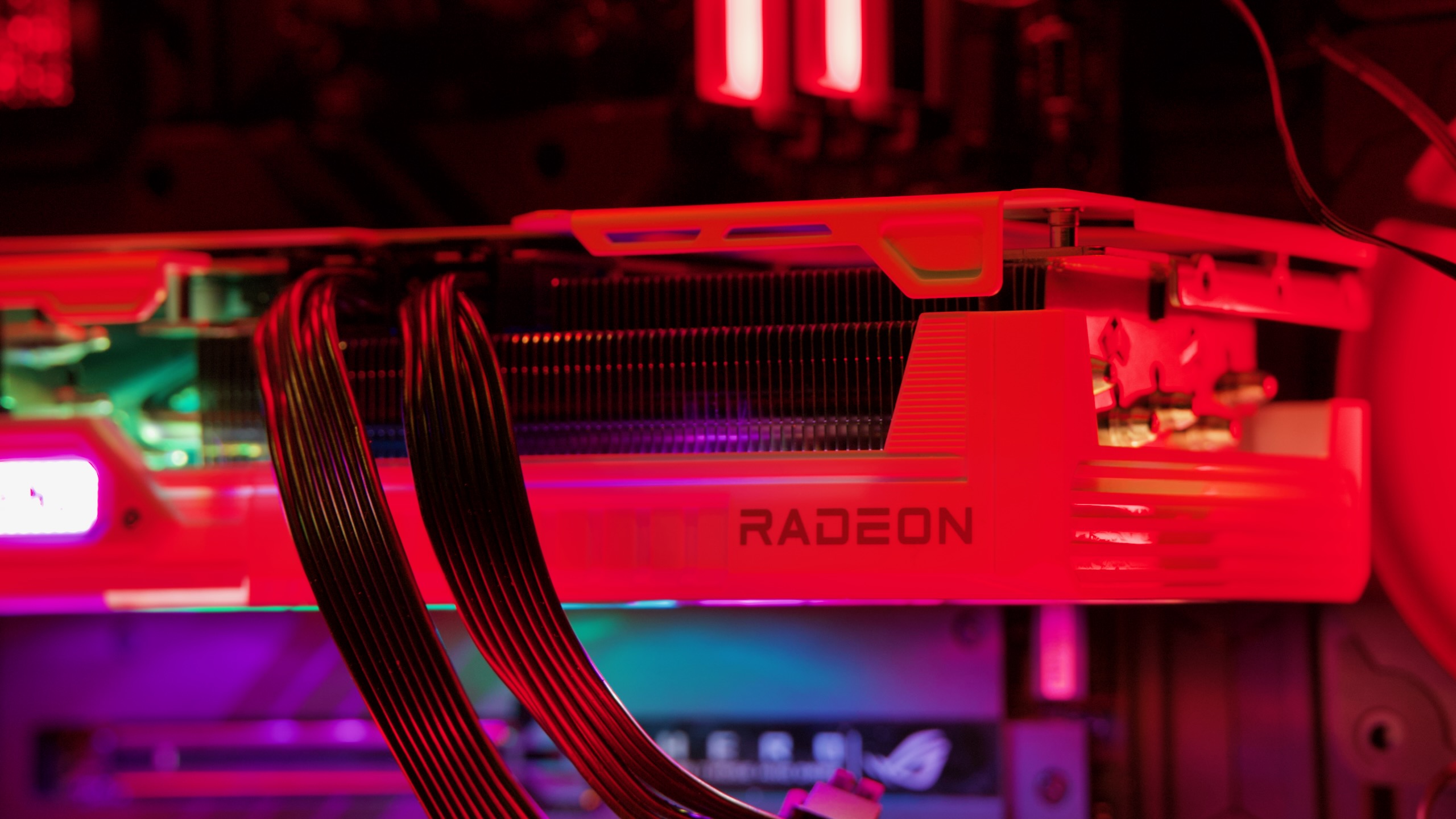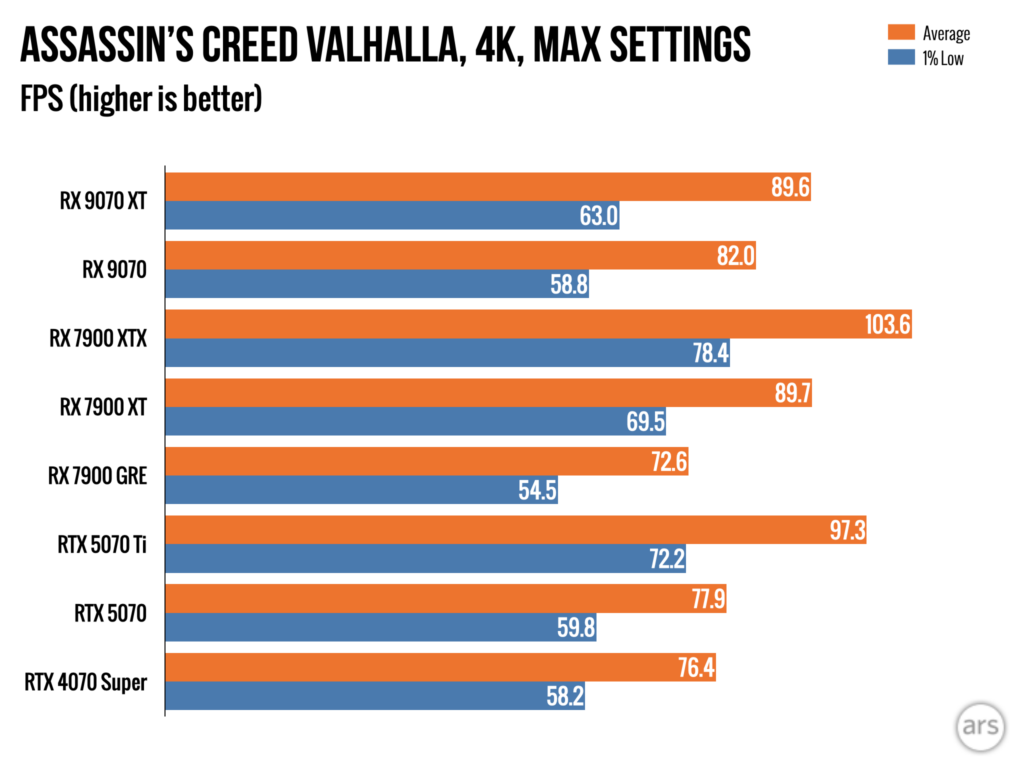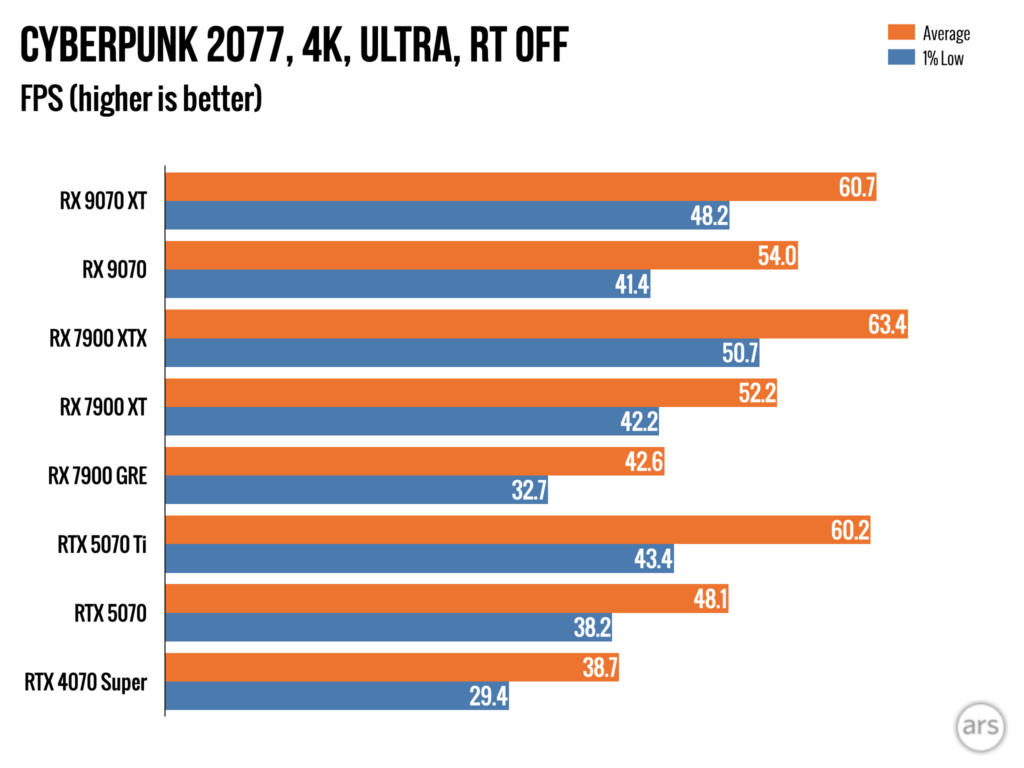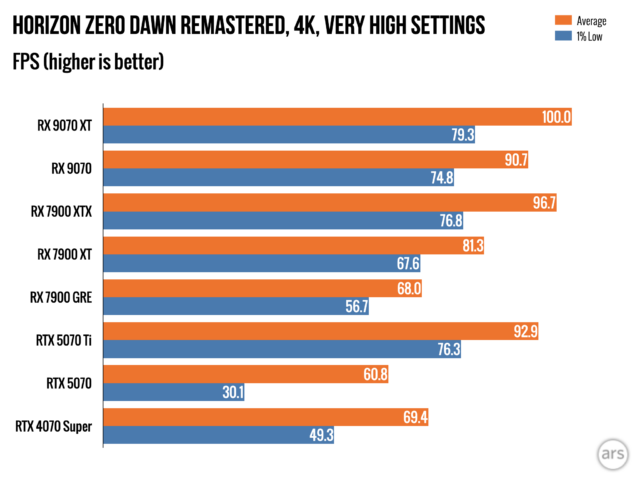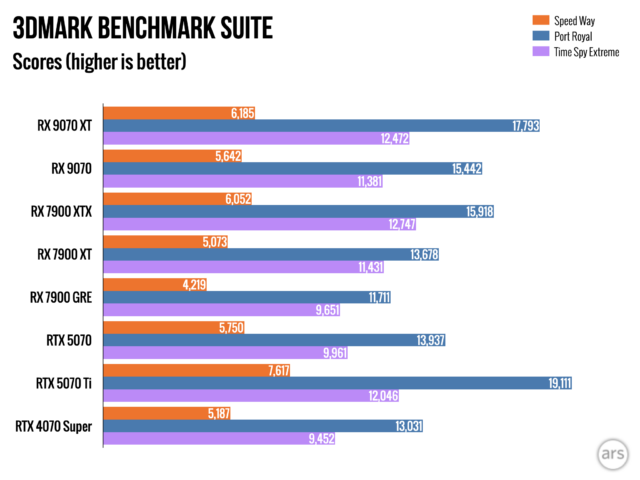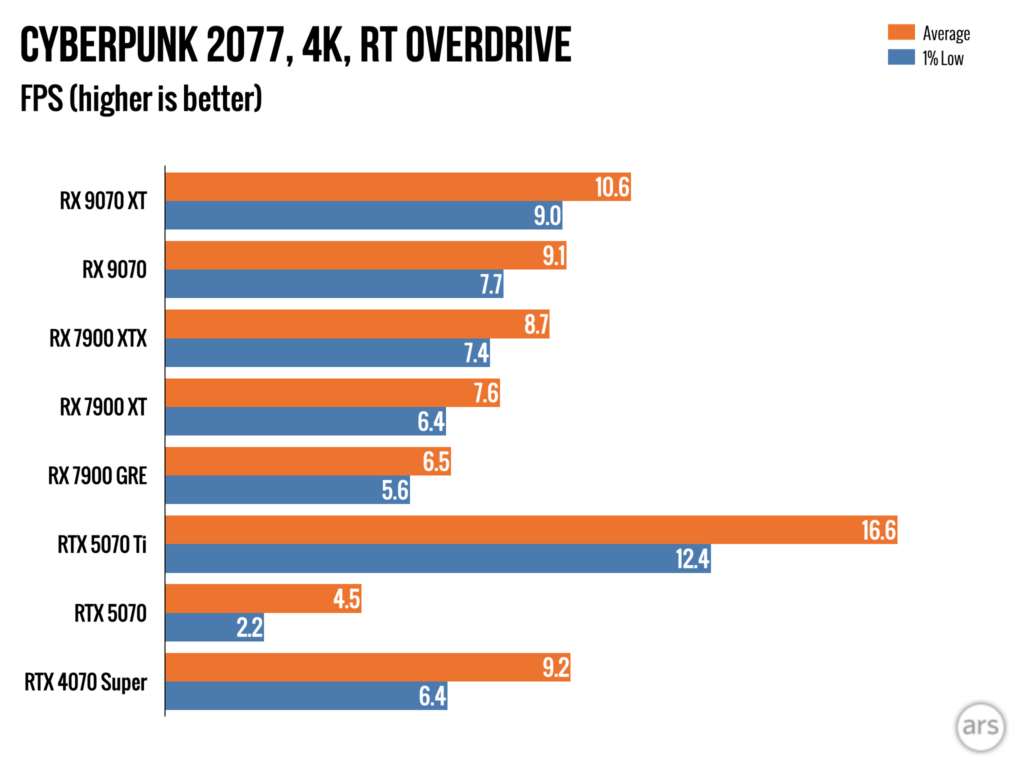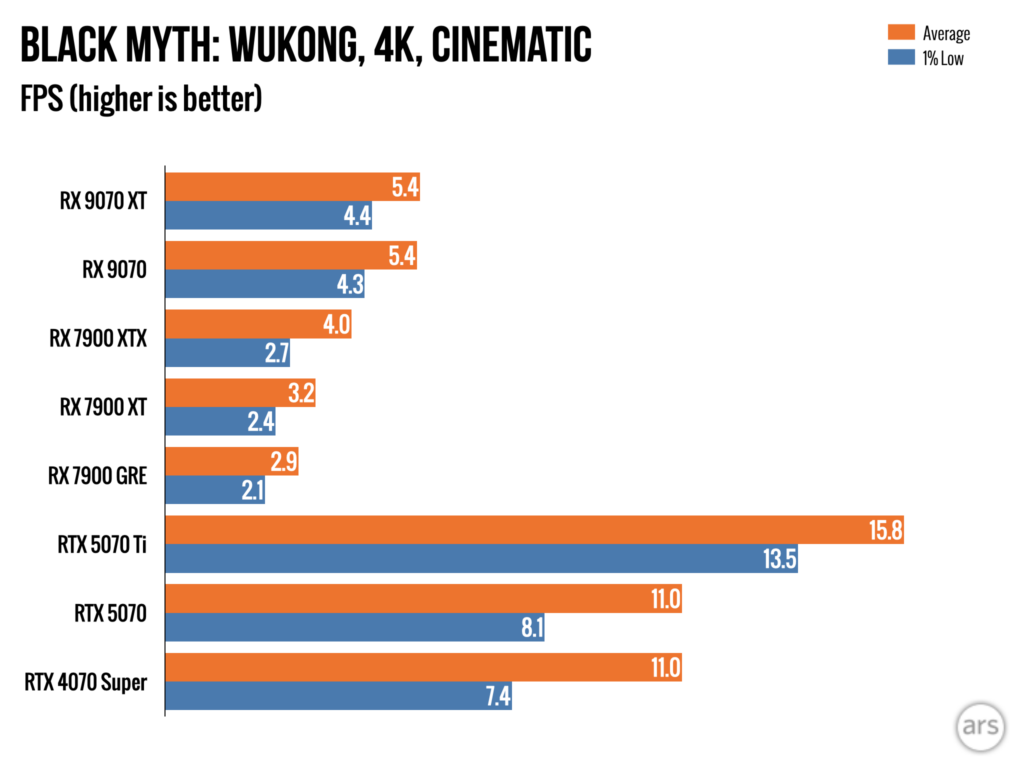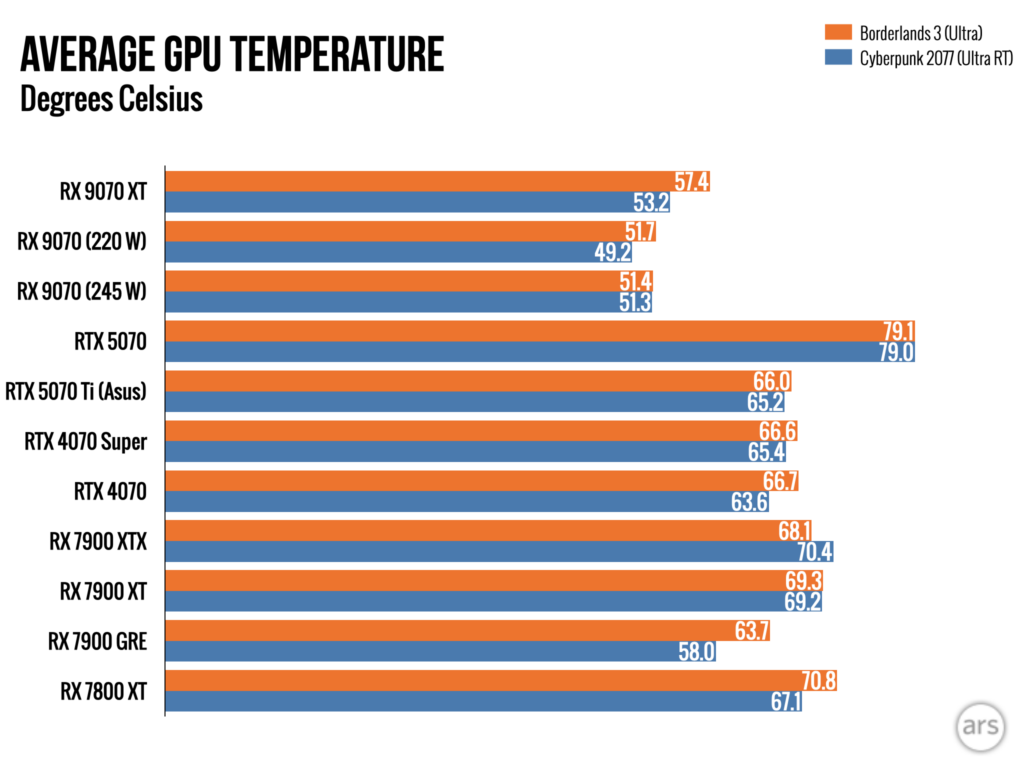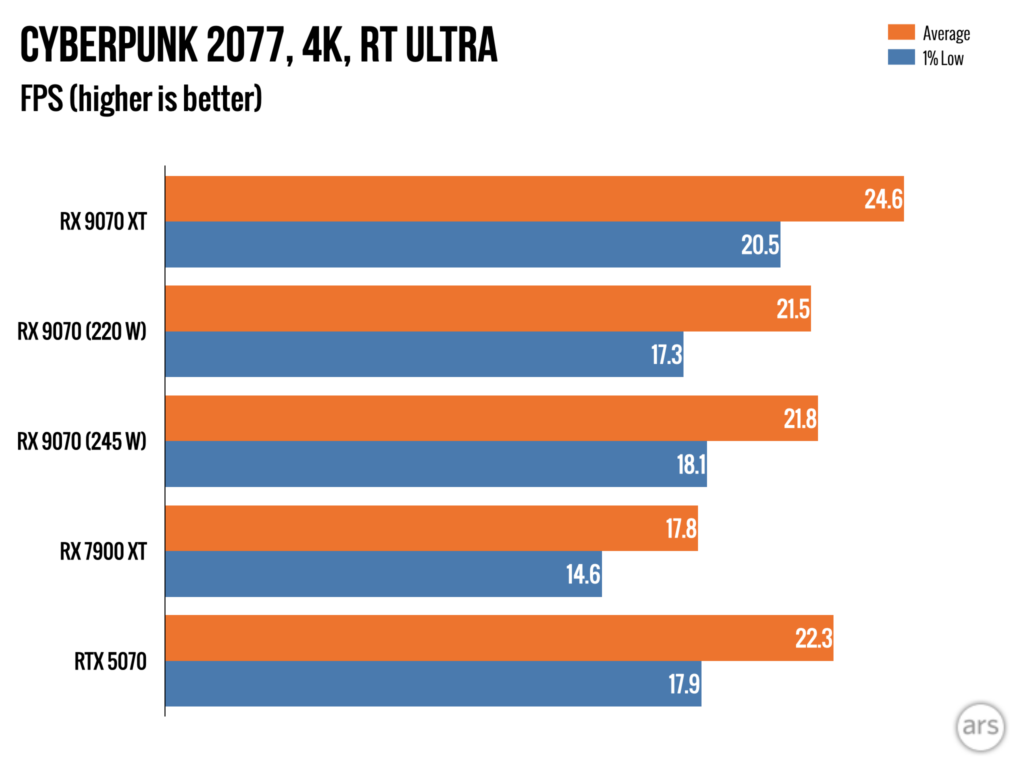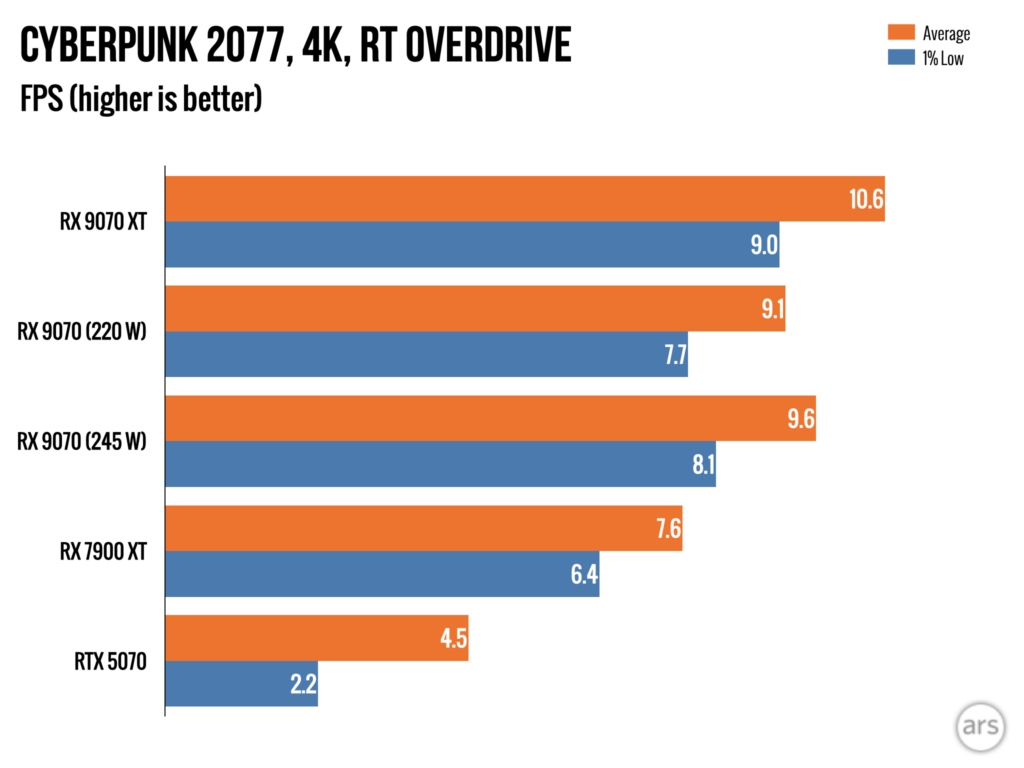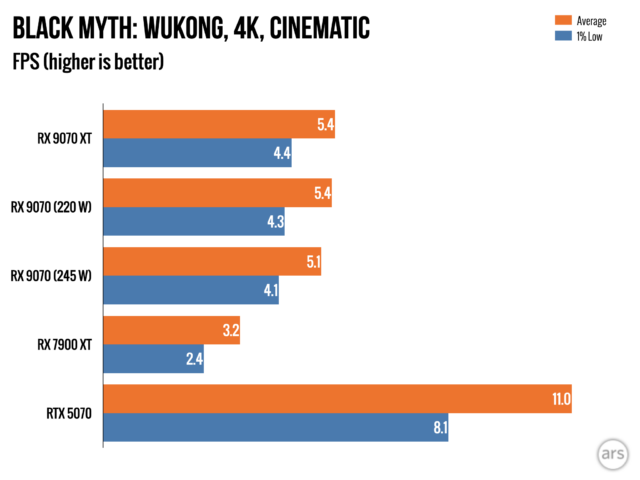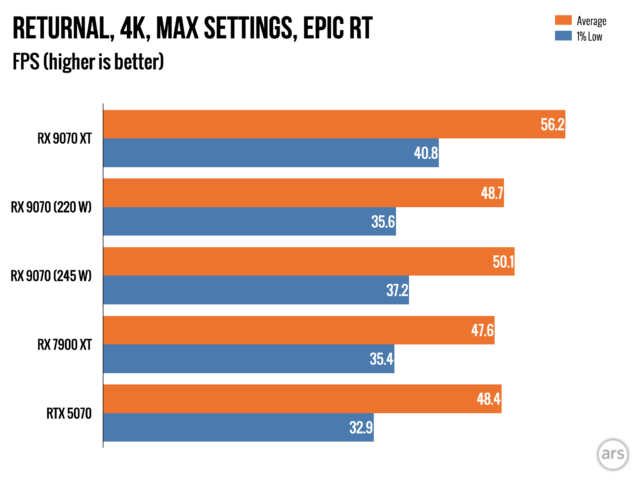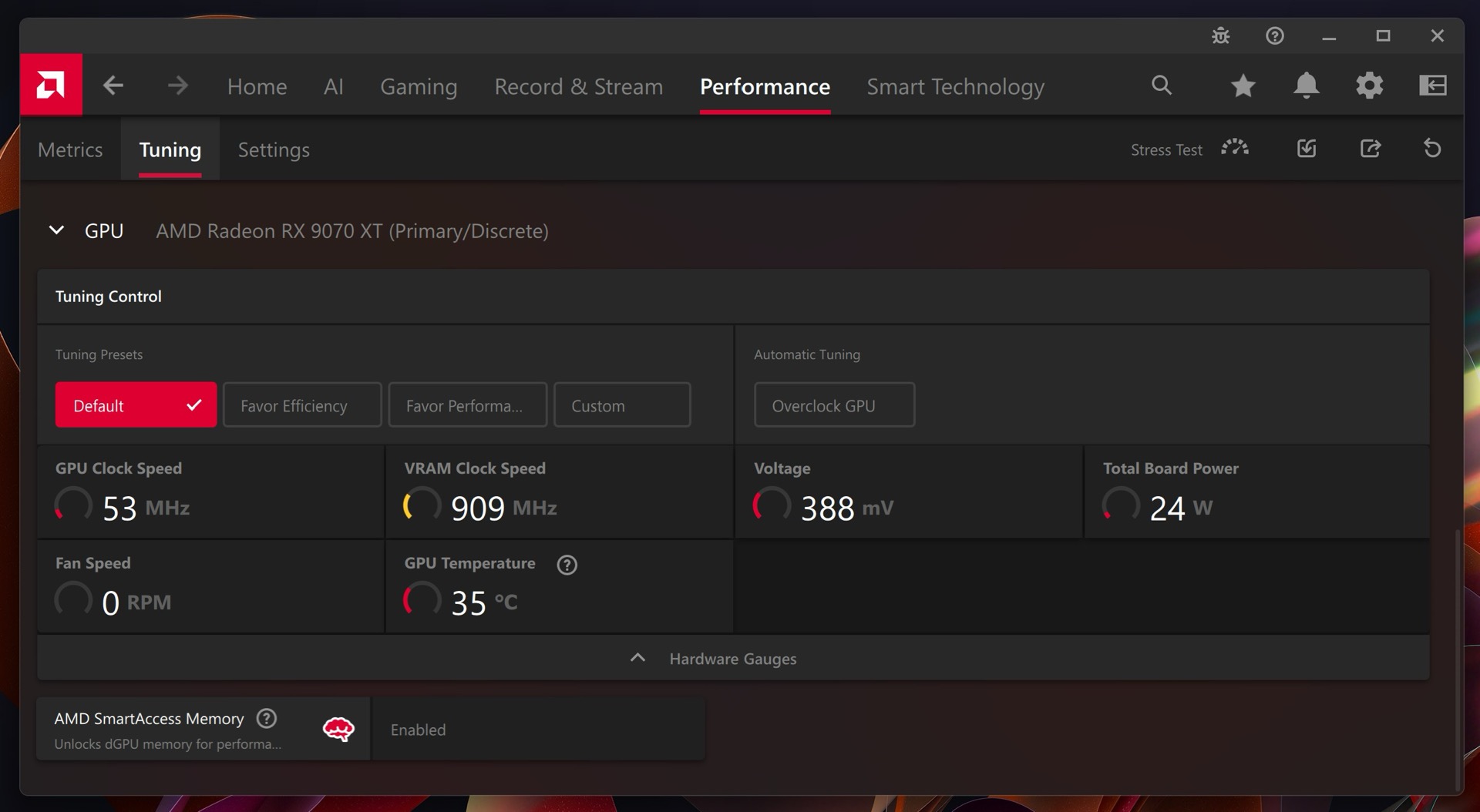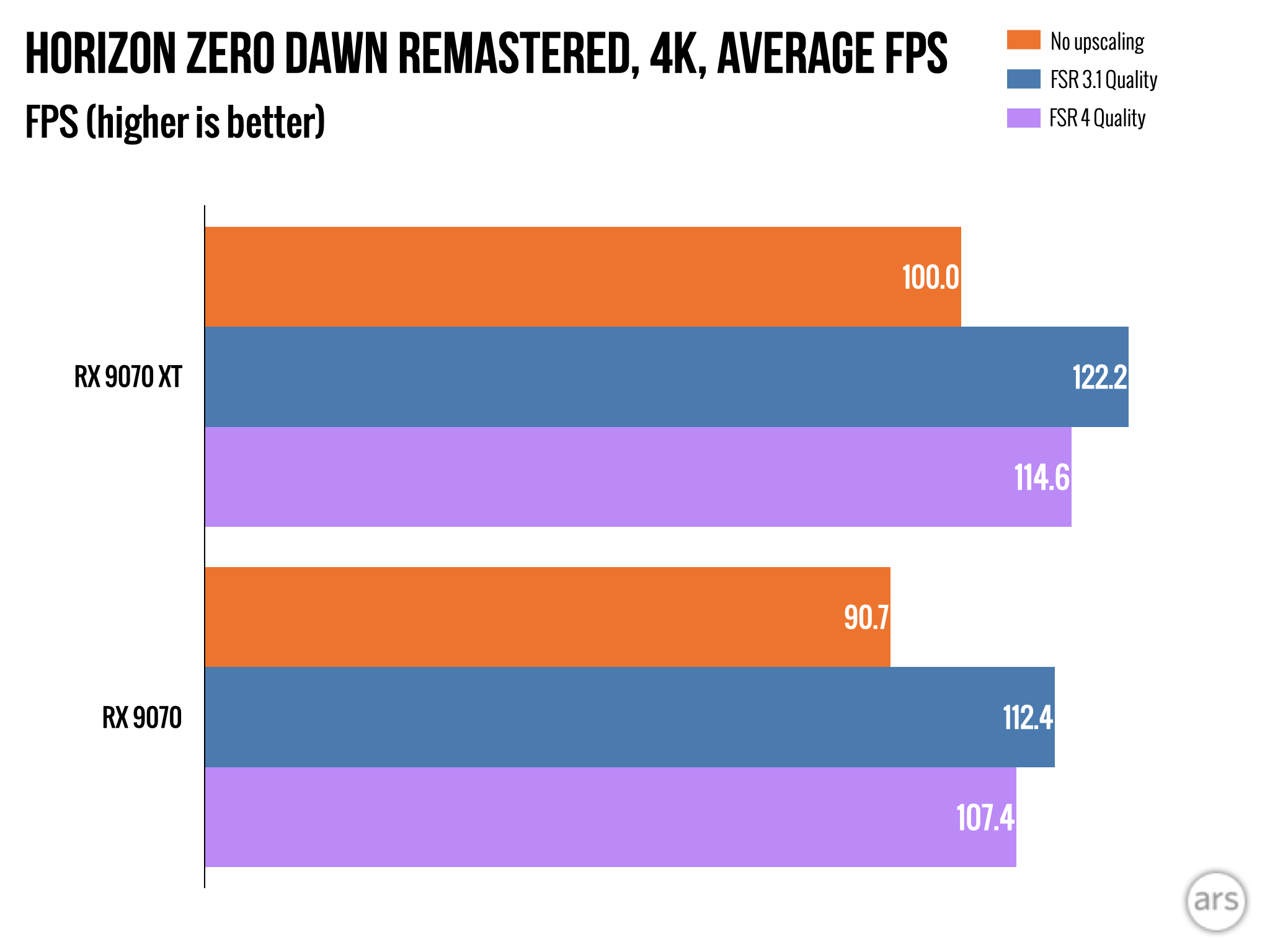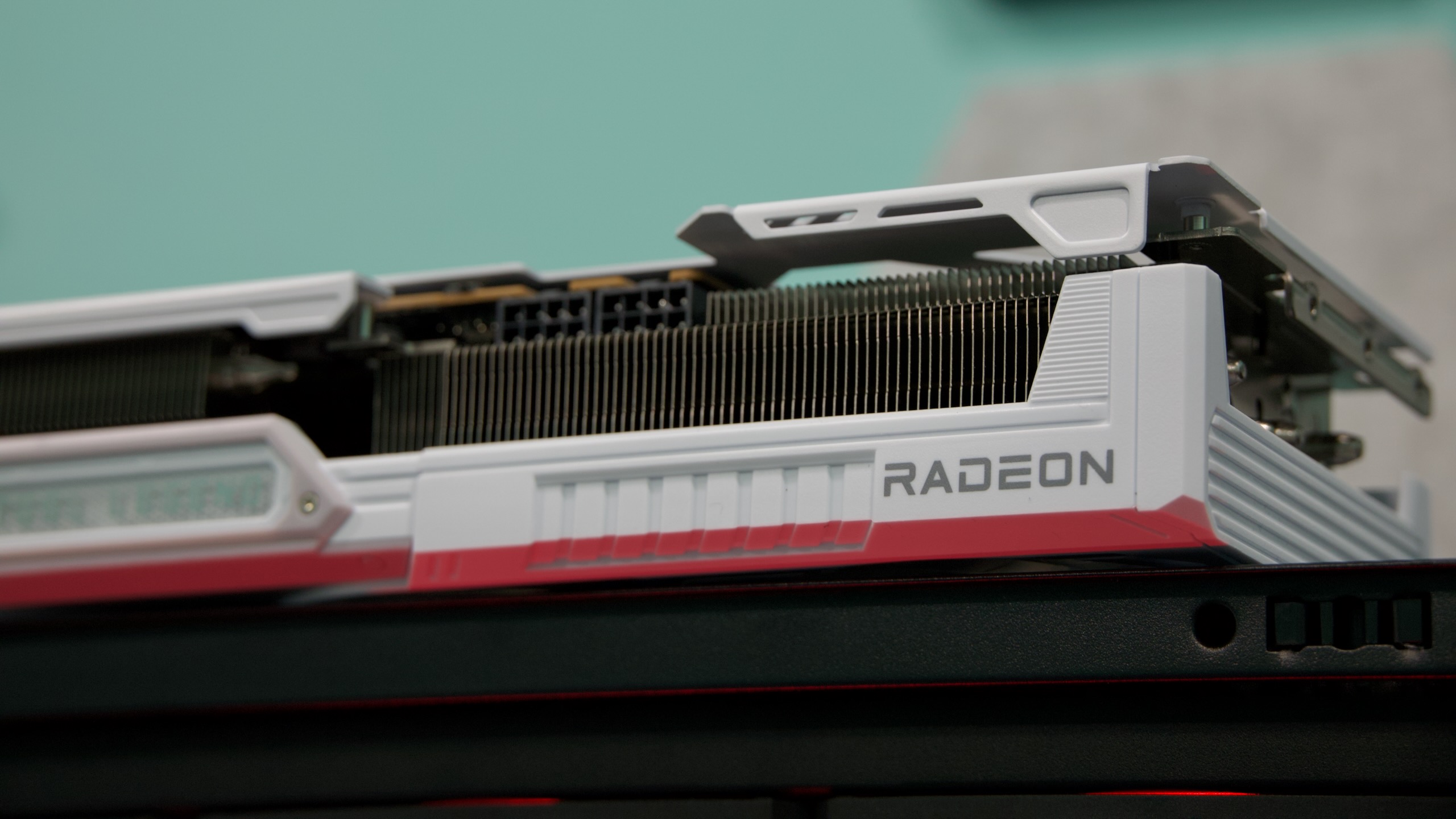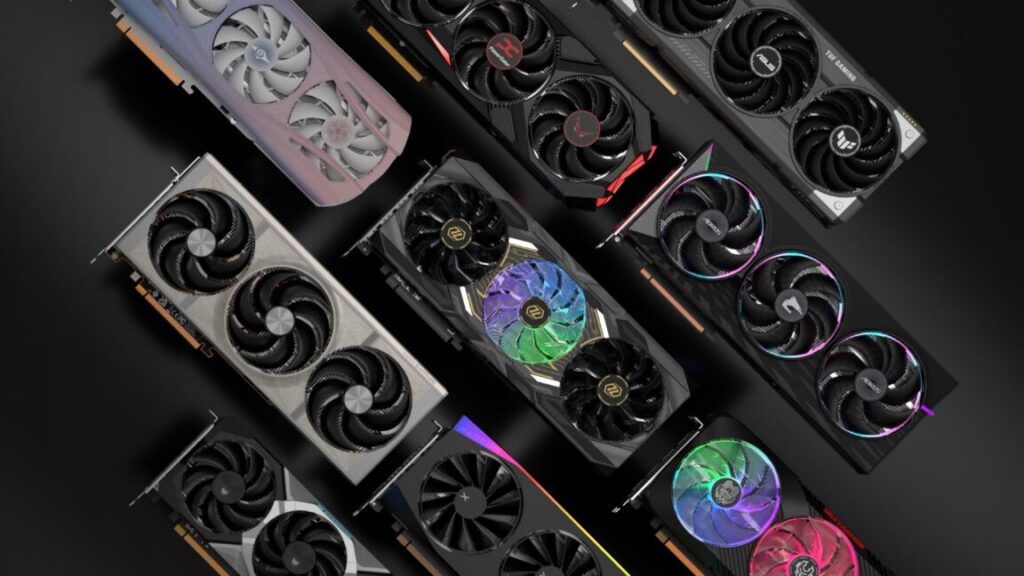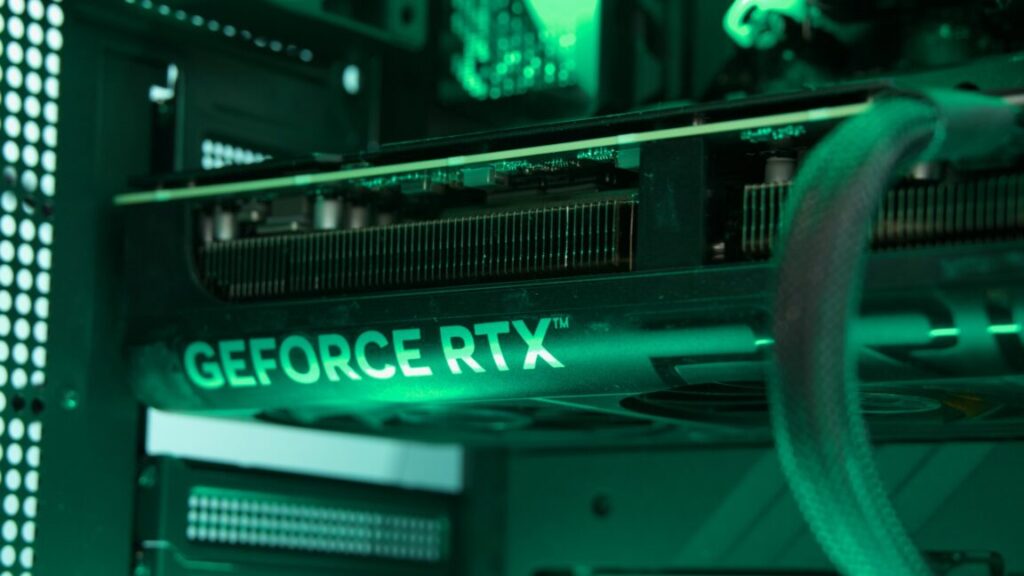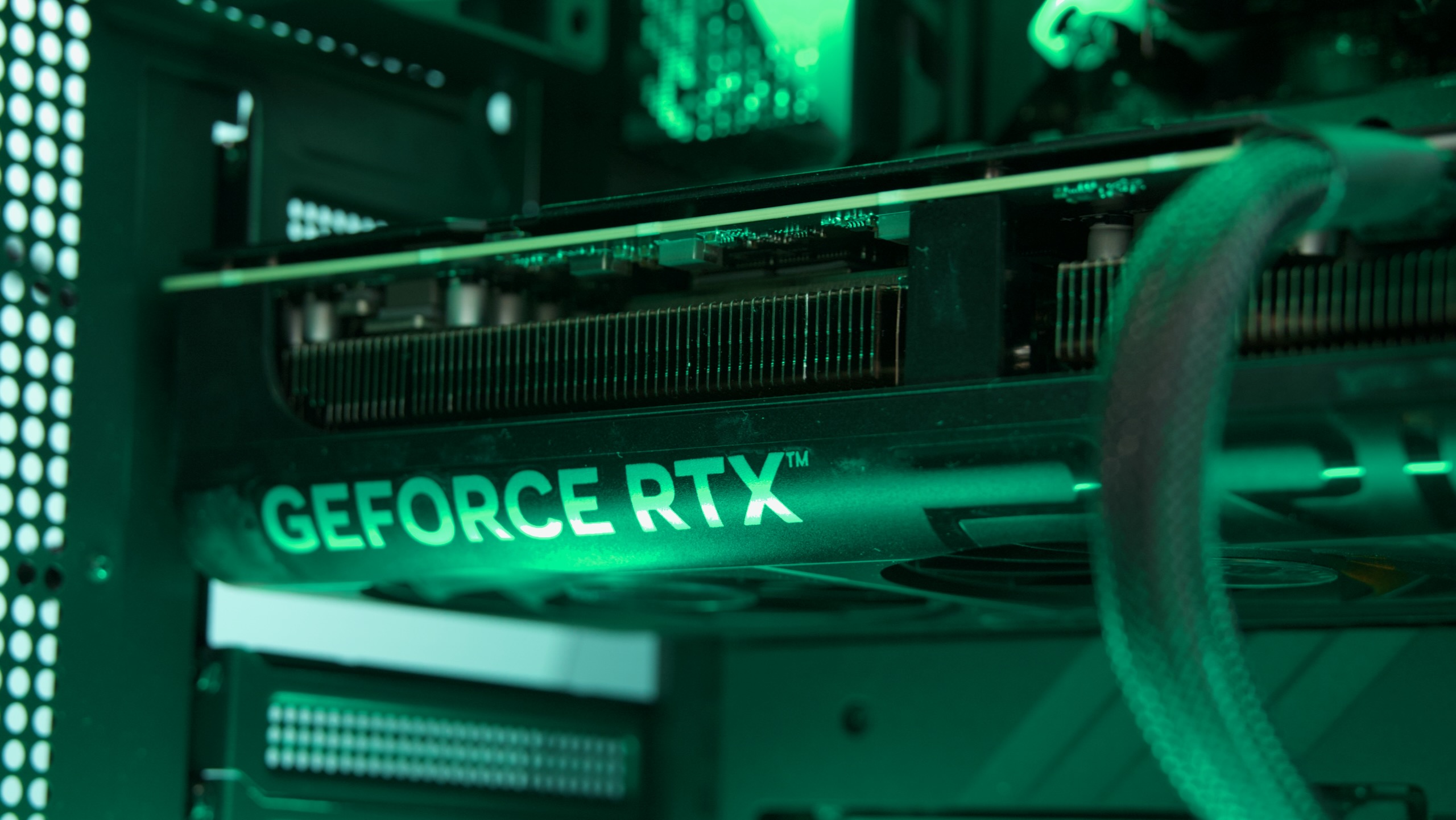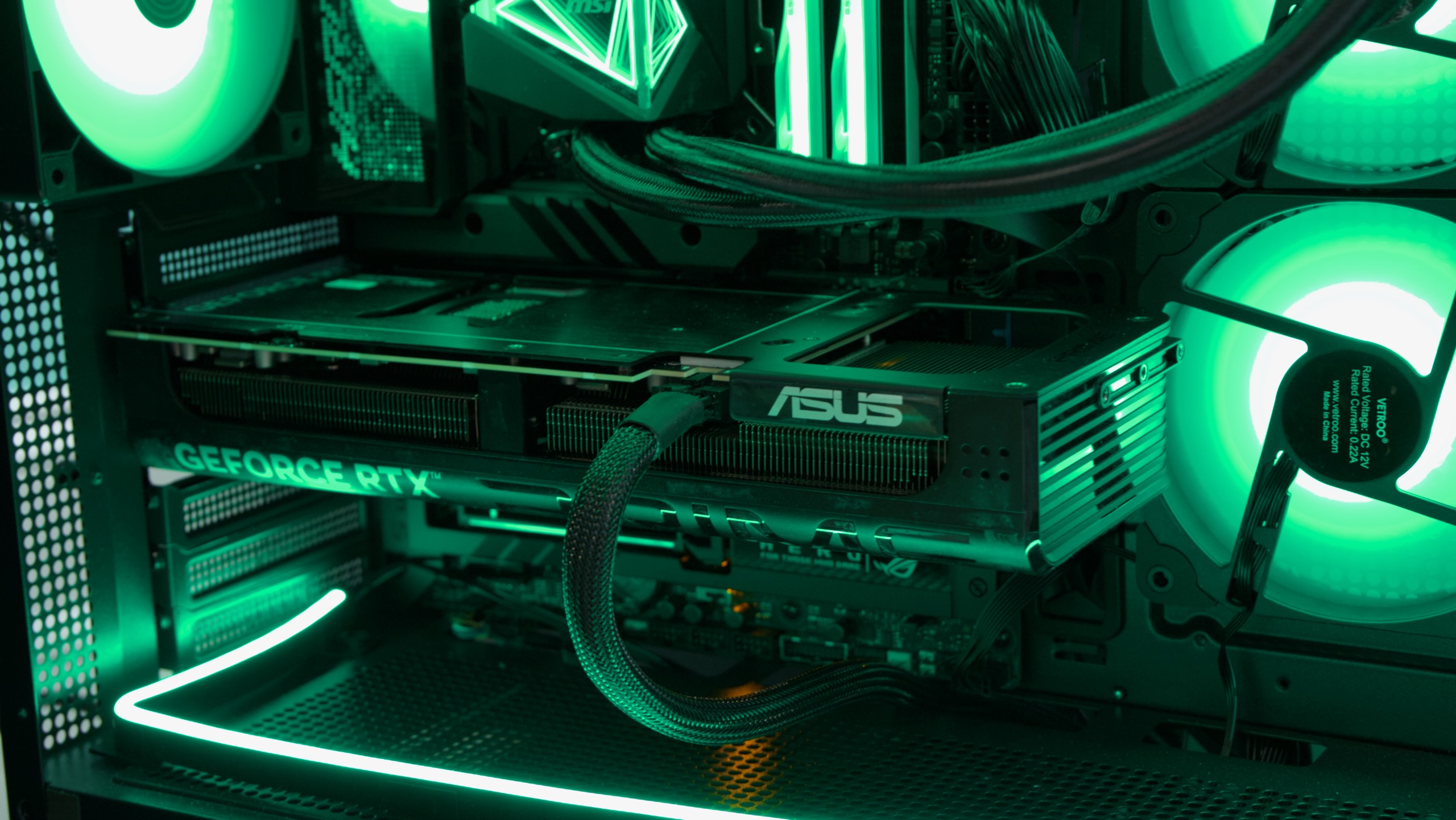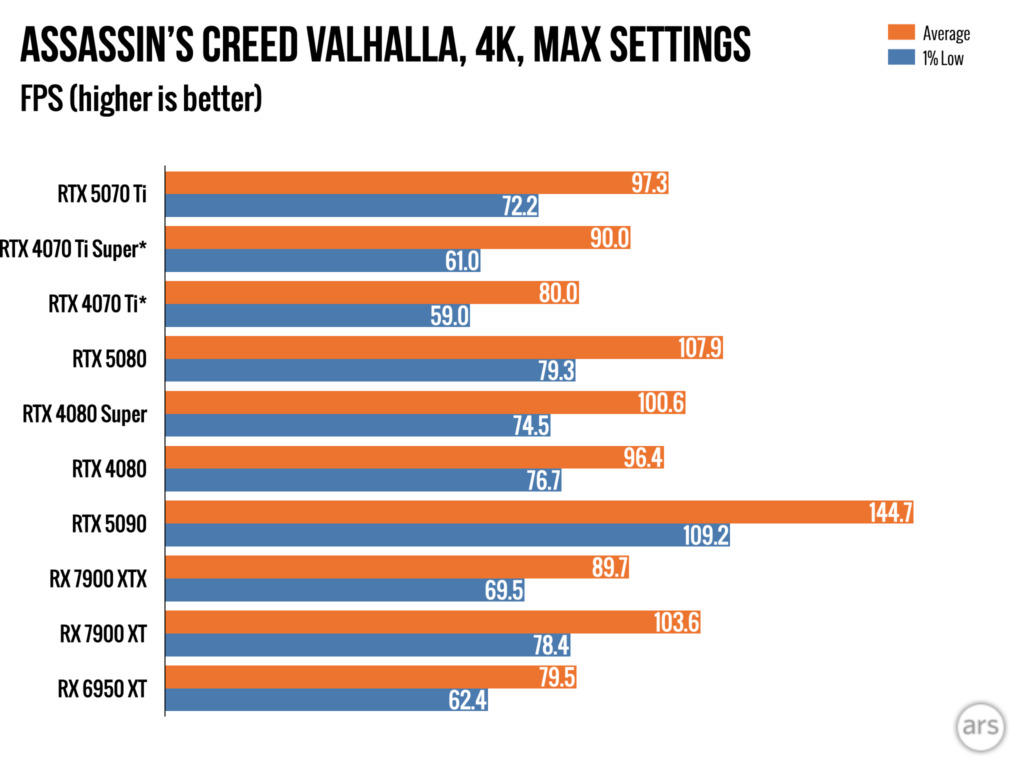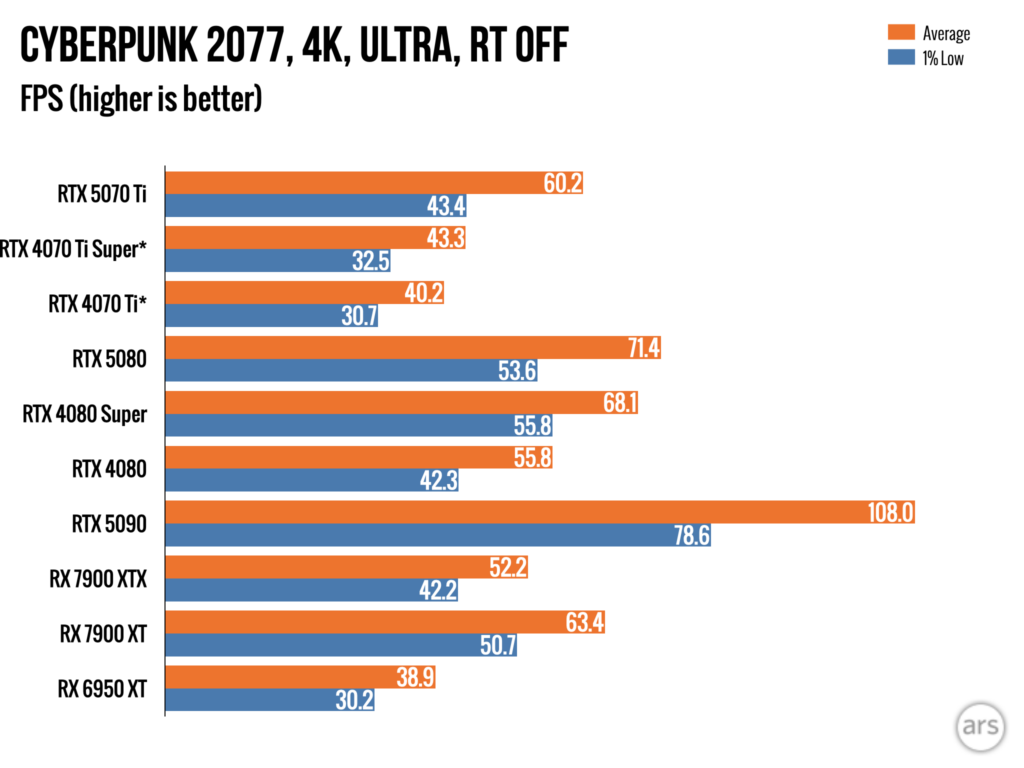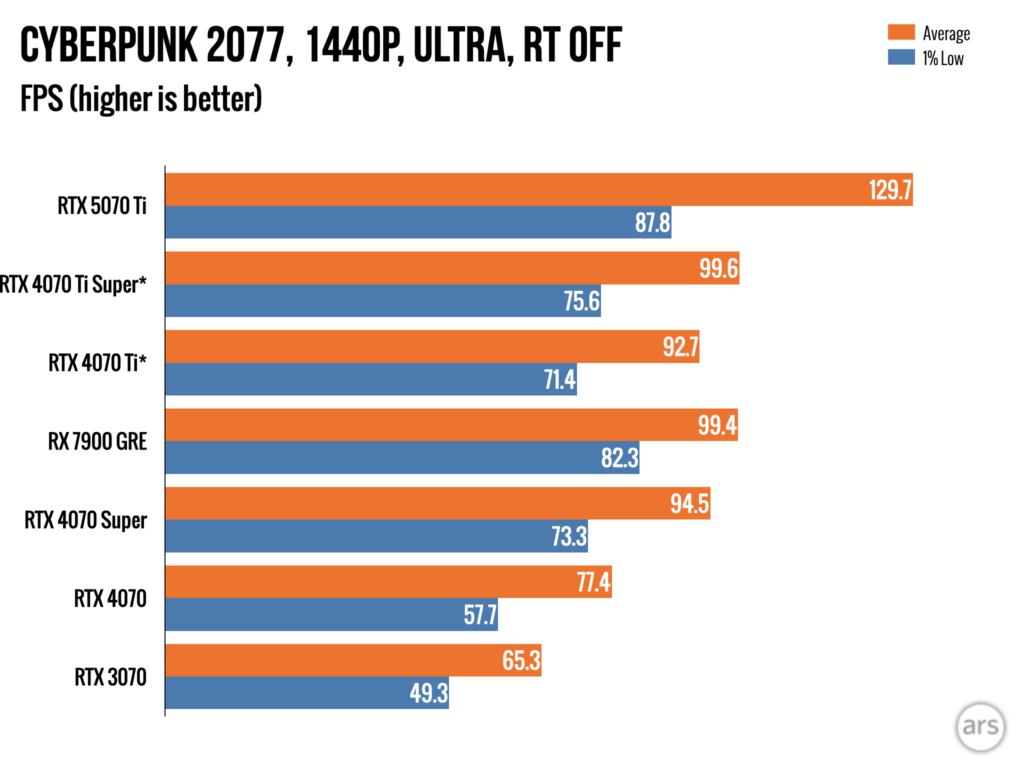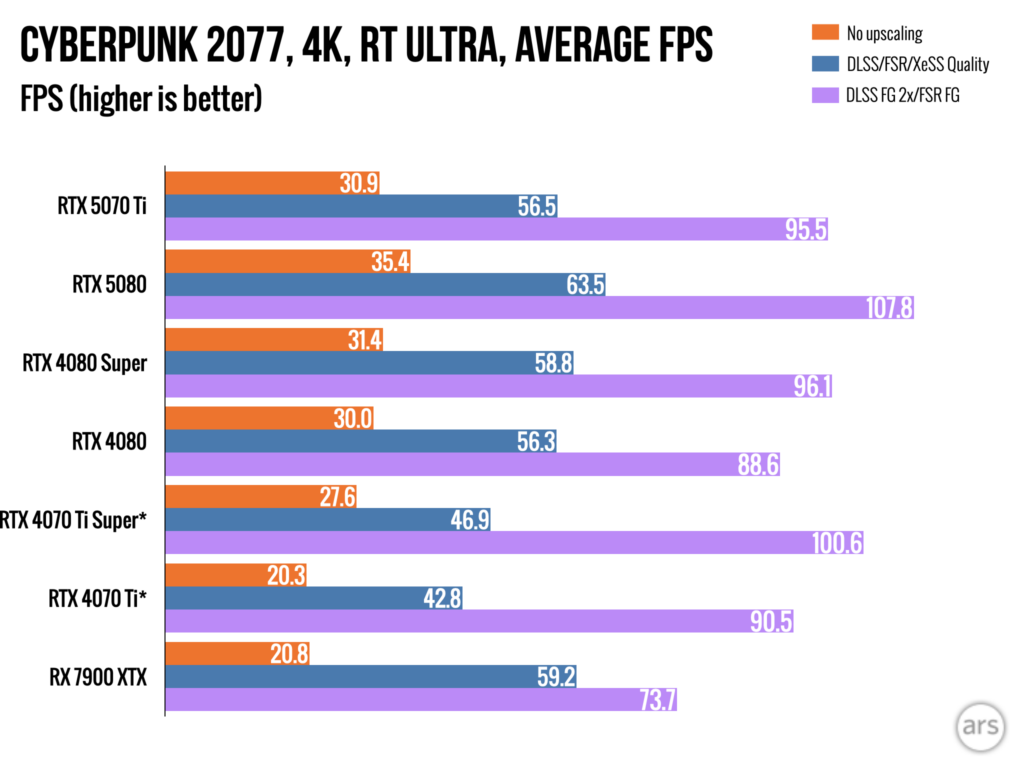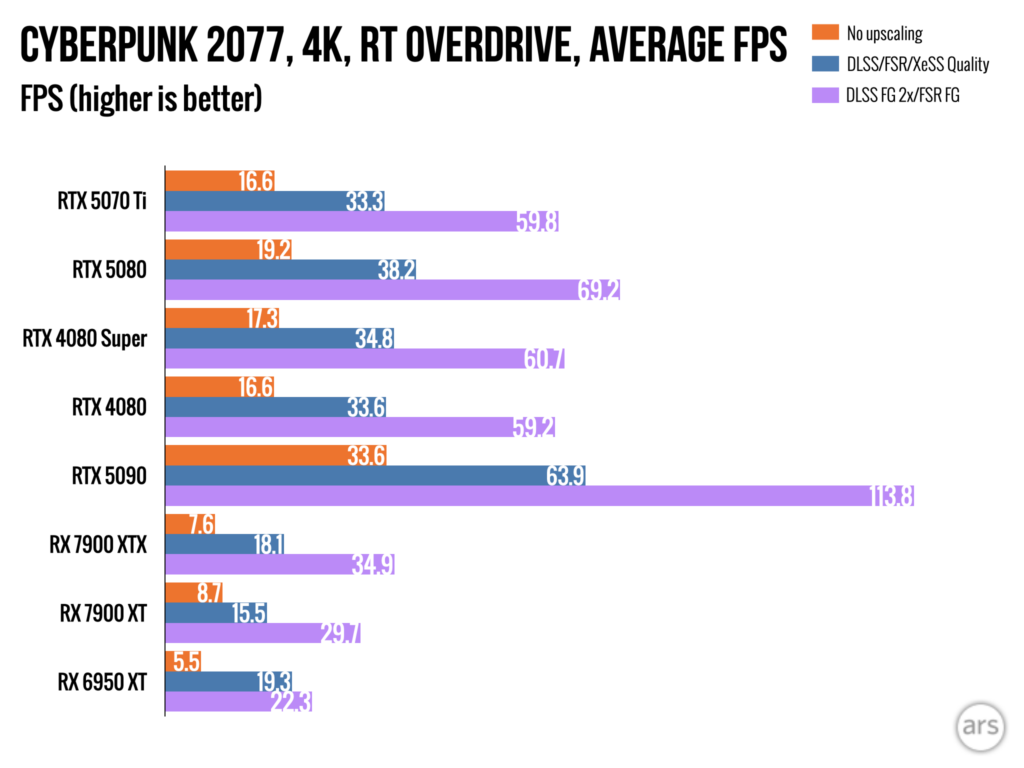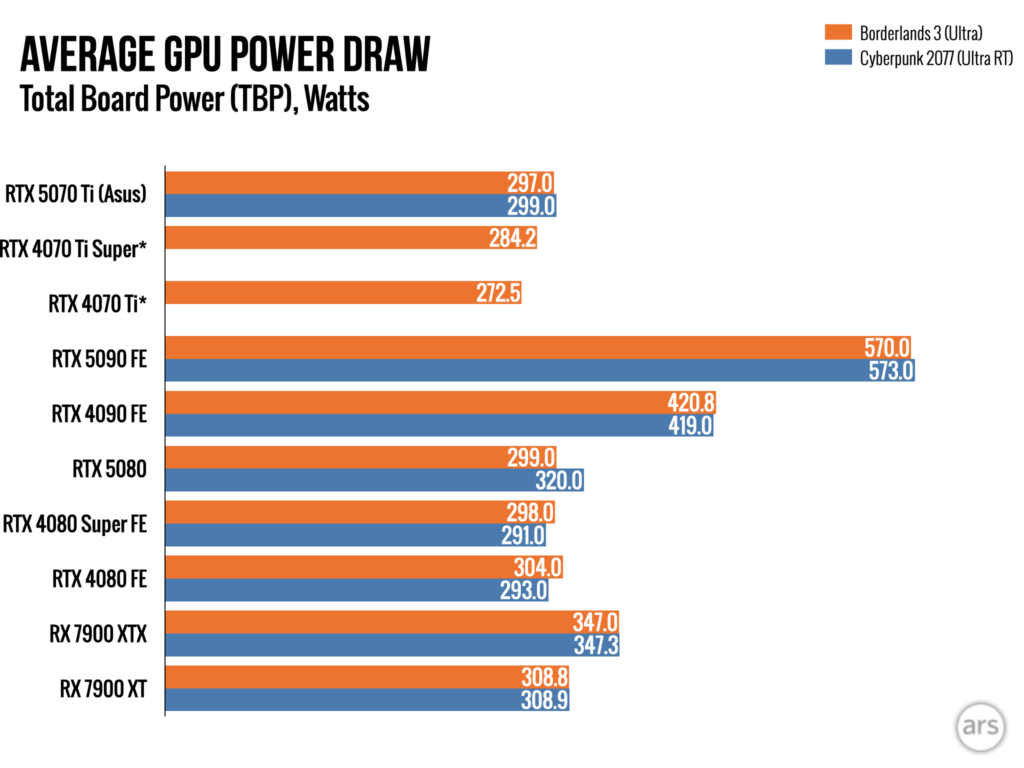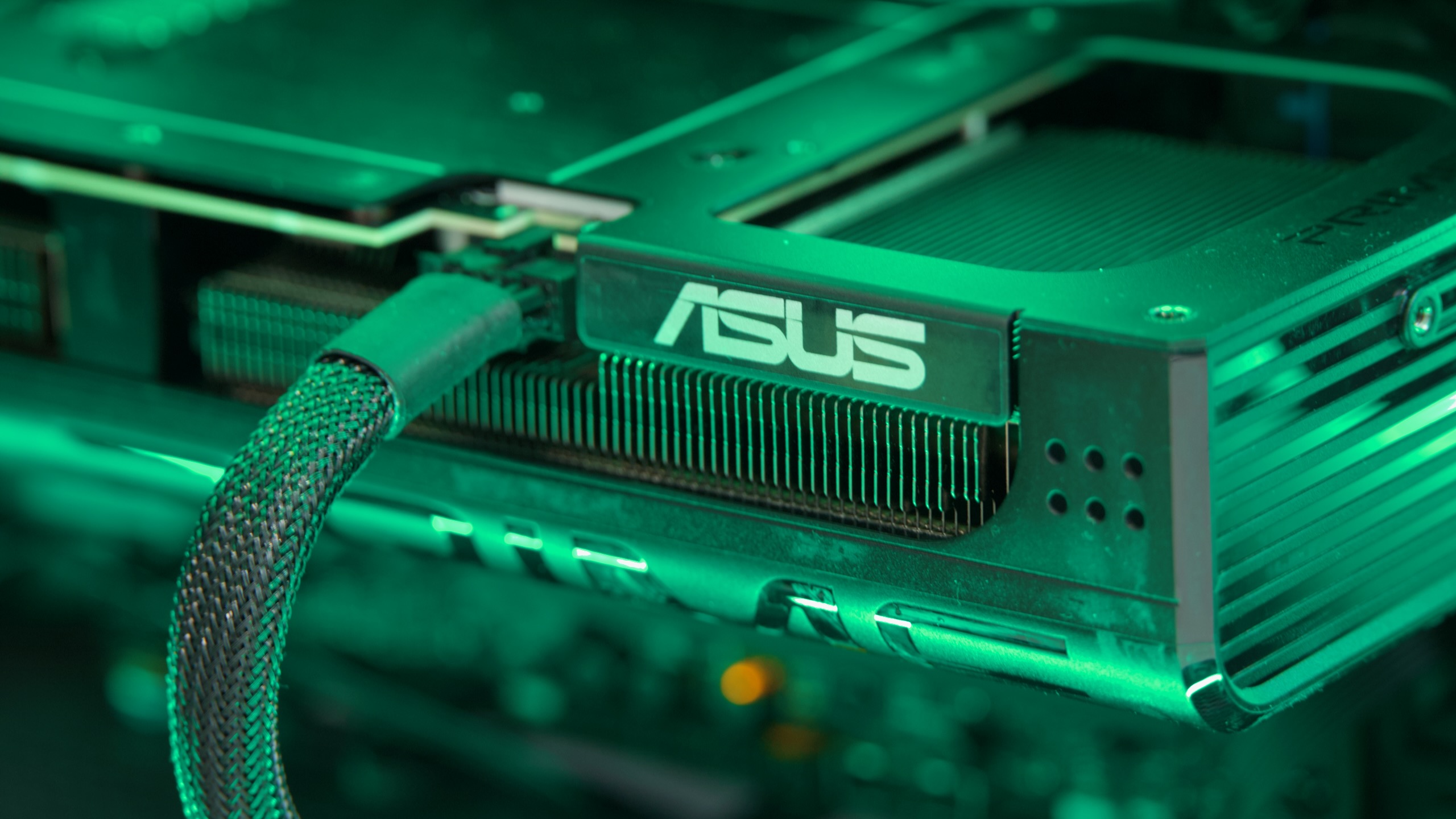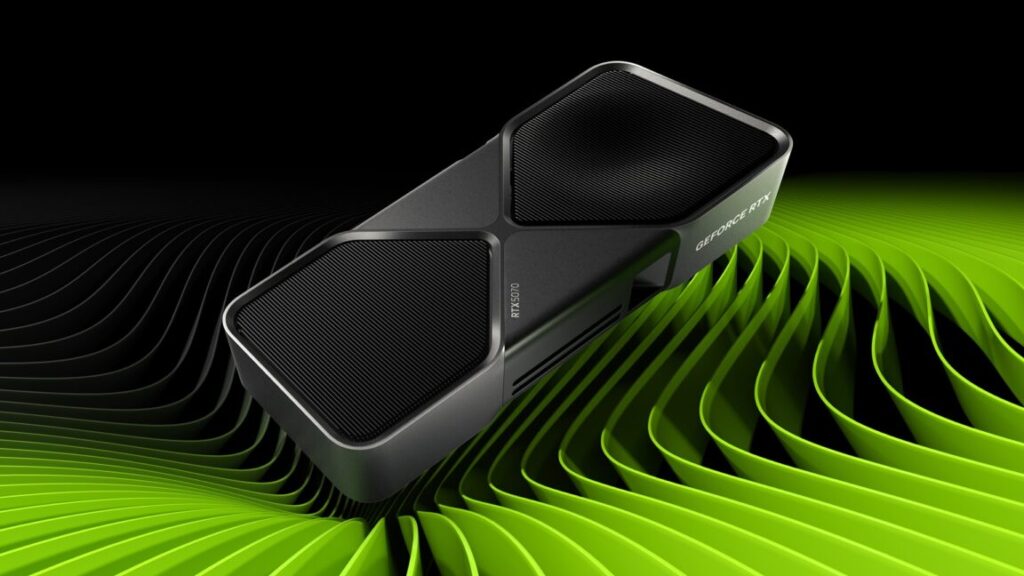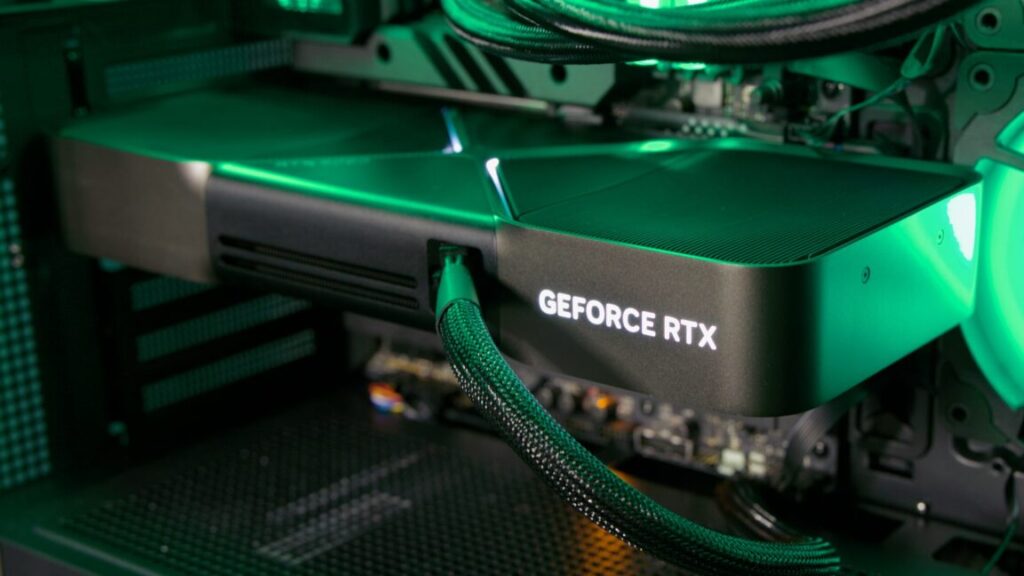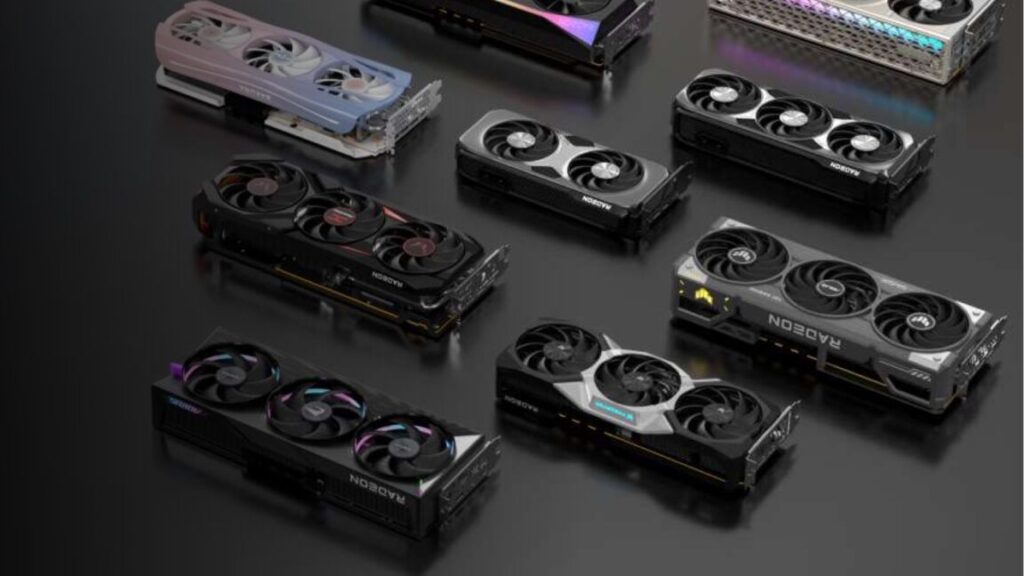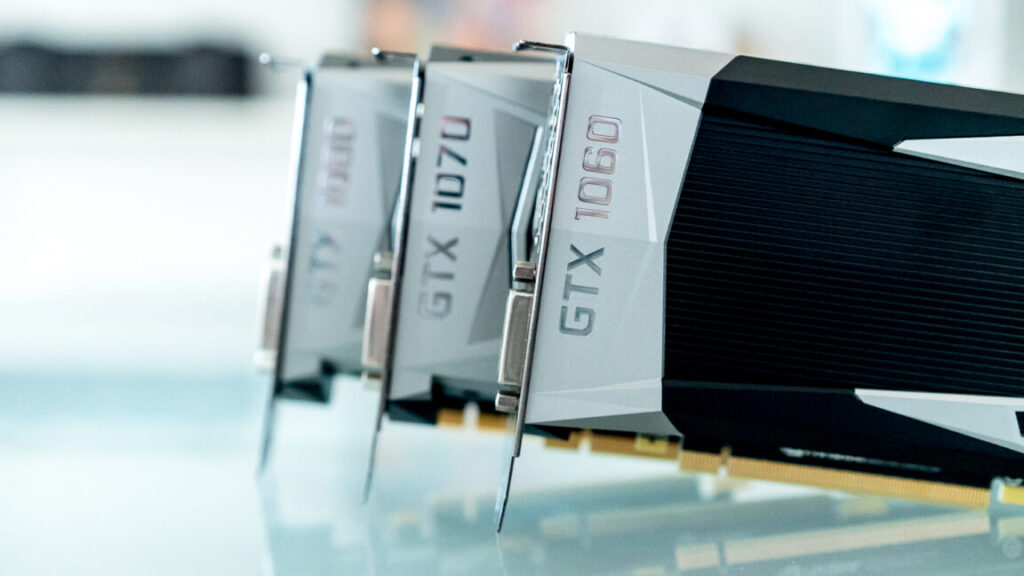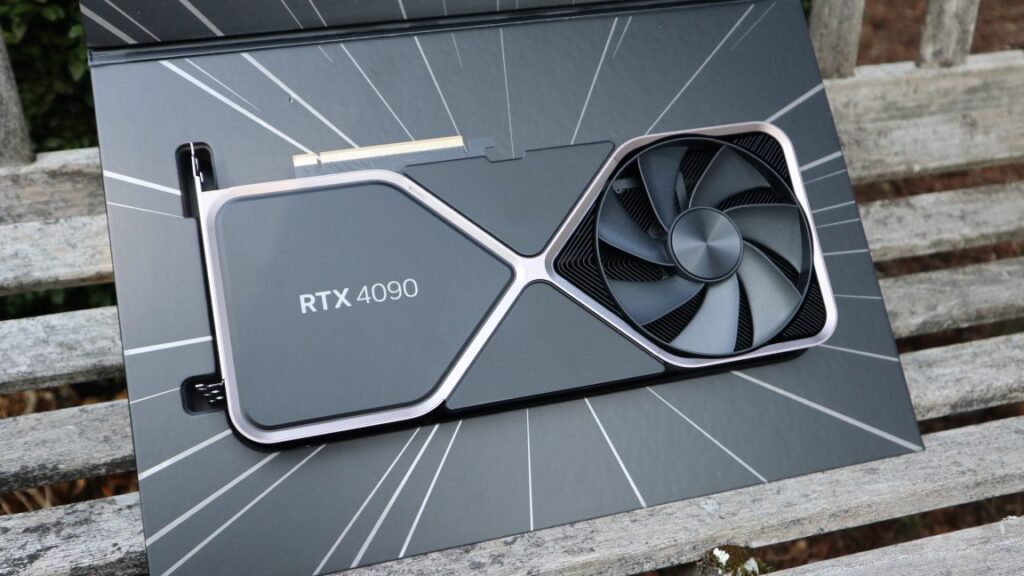AMD is releasing the first detailed specifications of its next-generation Radeon RX 9070 series GPUs and the RDNA4 graphics architecture today, almost two months after teasing them at CES.
The short version is that these are both upper-midrange graphics cards targeting resolutions of 1440p and 4K and meant to compete mainly with Nvidia’s incoming and outgoing 4070- and 5070-series GeForce GPUs, including the RTX 4070, RTX 5070, RTX 4070 Ti and Ti Super, and the RTX 5070 Ti.
AMD says the RX 9070 will start at $549, the same price as Nvidia’s RTX 5070. The slightly faster 9070 XT starts at $599, $150 less than the RTX 5070 Ti. The cards go on sale March 6, a day after Nvidia’s RTX 5070.
Neither Nvidia nor Intel has managed to keep its GPUs in stores at their announced starting prices so far, though, so how well AMD’s pricing stacks up to Nvidia in the real world may take a few weeks or months to settle out. For its part, AMD says it’s confident that it has enough supply to meet demand, but that’s as specific as the company’s reassurances got.
Specs and speeds: Radeon RX 9070 and 9070 XT
|
RX 9070 XT |
RX 9070 |
RX 7900 XTX |
RX 7900 XT |
RX 7900 GRE |
RX 7800 XT |
| Compute units (Stream processors) |
64 RDNA4 (4,096) |
56 RDNA4 (3,584) |
96 RDNA3 (6,144) |
84 RDNA3 (5,376) |
80 RDNA3 (5,120) |
60 RDNA3 (3,840) |
| Boost Clock |
2,970 MHz |
2,520 MHz |
2,498 MHz |
2,400 MHz |
2,245 MHz |
2,430 MHz |
| Memory Bus Width |
256-bit |
256-bit |
384-bit |
320-bit |
256-bit |
256-bit |
| Memory Bandwidth |
650 GB/s |
650 GB/s |
960 GB/s |
800 GB/s |
576 GB/s |
624 GB/s |
| Memory size |
16GB GDDR6 |
16GB GDDR6 |
24GB GDDR6 |
20GB GDDR6 |
16GB GDDR6 |
16GB GDDR6 |
| Total board power (TBP) |
304 W |
220 W |
355 W |
315 W |
260 W |
263 W |
As is implied by their similar price tags, the 9070 and 9070 XT have more in common than not. Both are based on the same GPU die—the 9070 has 56 of the chip’s compute units enabled, while the 9070 XT has 64. Both cards come with 16GB of RAM (4GB more than the 5070, the same amount as the 5070 Ti) on a 256-bit memory bus, and both use two 8-pin power connectors by default, though the 9070 XT can use significantly more power than the 9070 (304 W, compared to 220 W).
AMD says that its partners are free to make Radeon cards with the 12VHPWR or 12V-2×6 power connectors on them, though given the apparently ongoing issues with the connector, we’d expect most Radeon GPUs to stick with the known quantity that is the 8-pin connector.
AMD says that the 9070 series is made using a 4 nm TSMC manufacturing process and that the chips are monolithic rather than being split up into chiplets as some RX 7000-series cards were. AMD’s commitment to its memory controller chiplets was always hit or miss with the 7000-series—the high-end cards tended to use them, while the lower-end GPUs were usually monolithic—so it’s not clear one way or the other whether this means AMD is giving up on chiplet-based GPUs altogether or if it’s just not using them this time around.
